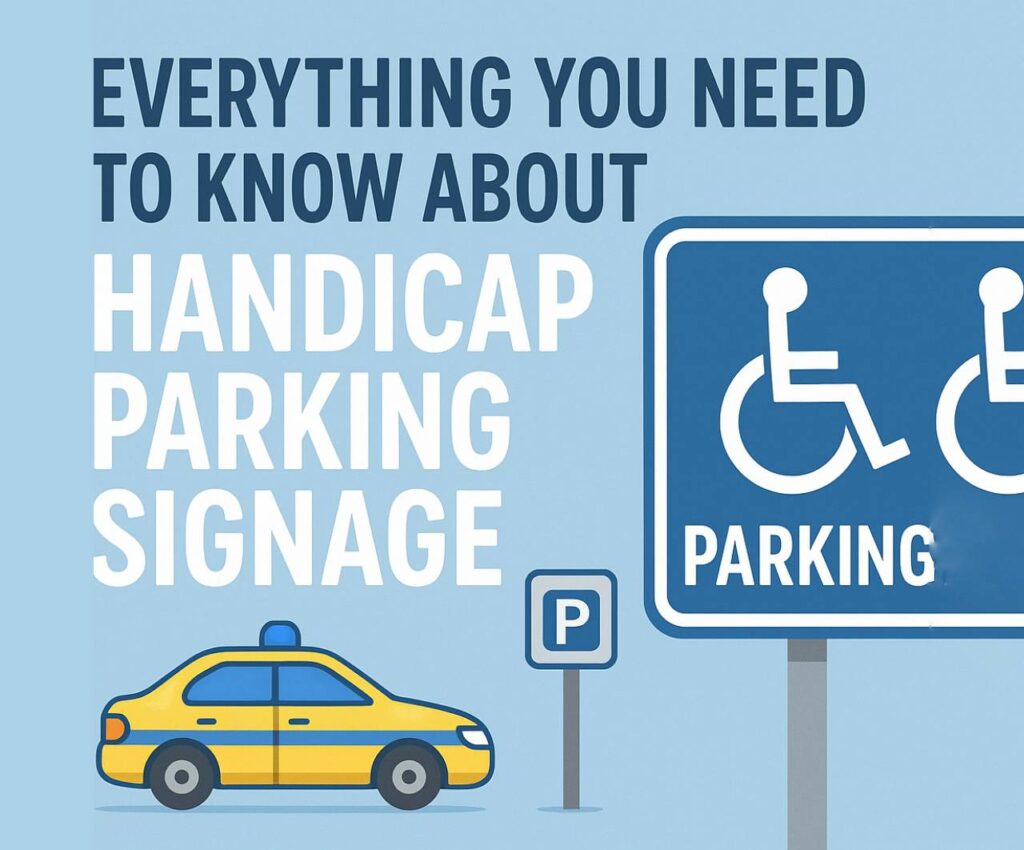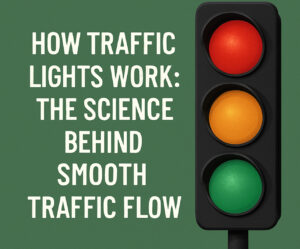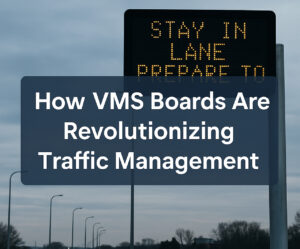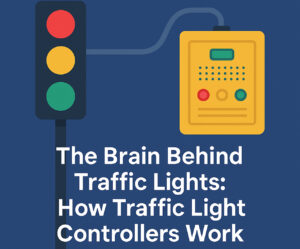As cities become more inclusive and mobility-aware, the need for well-designed and clearly marked accessible parking zones is growing fast. Whether in South Africa, India, or Brazil, having the right signage is not just about compliance—it’s about ensuring dignity, access, and safety for all. And that’s where custom handicap parking signs, custom handicap signs, and the essential handicap road sign come in.
These signs are more than just metal and paint. They are visual statements that show a commitment to inclusivity. Whether you’re managing a shopping center, hospital, or municipal space, knowing how to choose, install, and maintain these signs is key. Know more.
Why Handicap Parking Signage Matters
Accessible parking spots aren’t just convenient—they’re often the only feasible option for people with mobility impairments. Clear and compliant signage ensures that these spaces are respected and available when needed. Without custom handicap parking signs, enforcement becomes tricky, and confusion is common.
In regions where legislation is catching up with accessibility needs, such as parts of Africa and Southeast Asia, proper signage is the first step toward systemic change.
The Different Types of Handicap Signage
- Standard Handicap Road Sign
- Features the international wheelchair symbol
- Used to mark accessible parking spaces
- Often mounted at eye level for visibility
- Custom Handicap Parking Signs
- Tailored to include business logos, directional arrows, or bilingual text
- Useful in complex areas like airports, hospitals, or malls
- Custom Handicap Signs for Regulations
- Include local parking regulations, fine details, or time restrictions
- Helps with legal enforcement and reduces misuse
Legal and Ethical Importance
While the U.S. has the ADA, many countries are now creating their own disability inclusion frameworks. South Africa, for example, follows the National Building Regulations (SANS 10400-S) for accessible design. Proper signage, including custom handicap signs, is a required element in public and private developments.
Beyond laws, there’s the moral angle. People with disabilities have the right to safe and equal access. Poor signage denies them that.
Designing Effective Handicap Parking Signage
What makes a good handicap road sign?
- Contrast: High color contrast for visibility
- Symbol Clarity: Universal wheelchair symbol must be present
- Durability: Weatherproof and UV-resistant materials
- Size: Large enough to be seen from a distance
- Height: Should be mounted so the bottom edge is at least 1.5 meters from the ground
Custom handicap parking signs go a step further. They can include:
- Directional arrows
- Text in local languages
- Business branding
- Night-reflective coatings
Placement Guidelines
Getting the sign right is only part of the equation. Placement is critical:
- Always mount in front of the parking bay, not on the ground
- Ensure it’s not obscured by trees, fences, or other vehicles
- Use multiple signs if space is shared or wide
- Combine with painted ground markings for clarity
In cities like Nairobi or Cape Town, poor placement often results in abuse of accessible bays. Installing custom handicap signs at proper heights and angles improves both compliance and respect.
Cost Considerations and ROI
A common concern is the cost of high-quality signage. While custom handicap parking signs may cost more than generic ones, the long-term benefits are significant:
- Legal Compliance: Avoid fines and lawsuits
- Public Perception: Shows commitment to inclusion
- Longevity: Durable signs last years
In many African cities, imported signs can be expensive. However, more local manufacturers are offering custom handicap signs that meet international standards at competitive prices.
Materials and Lifespan
Modern signs are made from:
- Aluminum: Lightweight, rust-proof
- Steel: Heavy-duty, long-lasting
- PVC or Acrylic: Cost-effective, indoor use
Look for signs with:
- UV-resistant coatings
- Anti-fade ink
- Tamper-proof mounting hardware
When properly installed, a handicap road sign made from aluminum can last up to 10 years even in extreme weather.
Innovative Trends in Signage
Technology is transforming how we think about signage:
- QR Code Integration
- Users can scan to report misuse or view accessibility info
- Digital Handicap Signs
- Used in smart cities for real-time updates
- Can switch messages or indicate if a space is taken
- Solar-powered LED signs
- Ideal for night visibility in poorly lit areas
These innovations are especially useful in growing urban centers where space is tight and parking is in high demand.
Localizing for Regional Needs
Localization makes custom handicap signs more effective:
- In India: Include Hindi or regional dialects
- In Nigeria: Add local legal code references
- In Kenya: Use Swahili-English bilingual signs
Always reflect local laws, cultural norms, and enforcement practices. A sign that’s ignored due to poor relevance is as useless as no sign at all.
Maintenance and Inspection
Regular upkeep ensures your signs remain effective:
- Monthly visual checks
- Annual cleaning to remove dust and graffiti
- Immediate replacement if damaged or faded
- Secure fastenings to prevent theft or tampering
Local councils and facility managers should include handicap road sign inspections in their routine maintenance programs.
Case Study: Accessible Mall Parking in Johannesburg
A major shopping center in Johannesburg redesigned its parking lot, replacing all old signage with custom handicap parking signs. These included:
- Reflective backgrounds
- Directional arrows
- Multilingual text (English, Afrikaans, Zulu)
- Warning about fines
As a result:
- Misuse of accessible bays dropped by 70%
- Customer satisfaction among people with disabilities increased significantly
- The mall received positive media coverage for its initiative
Final Thoughts
From public facilities to private lots, custom handicap parking signs, custom handicap signs, and handicap road sign options are essential tools in building more accessible, respectful communities. These signs aren’t just compliance items—they’re commitments.
With proper planning, customization, and maintenance, every business or government body can create a safer and more inclusive environment. And in today’s world, that’s not just good practice—it’s the new standard.





